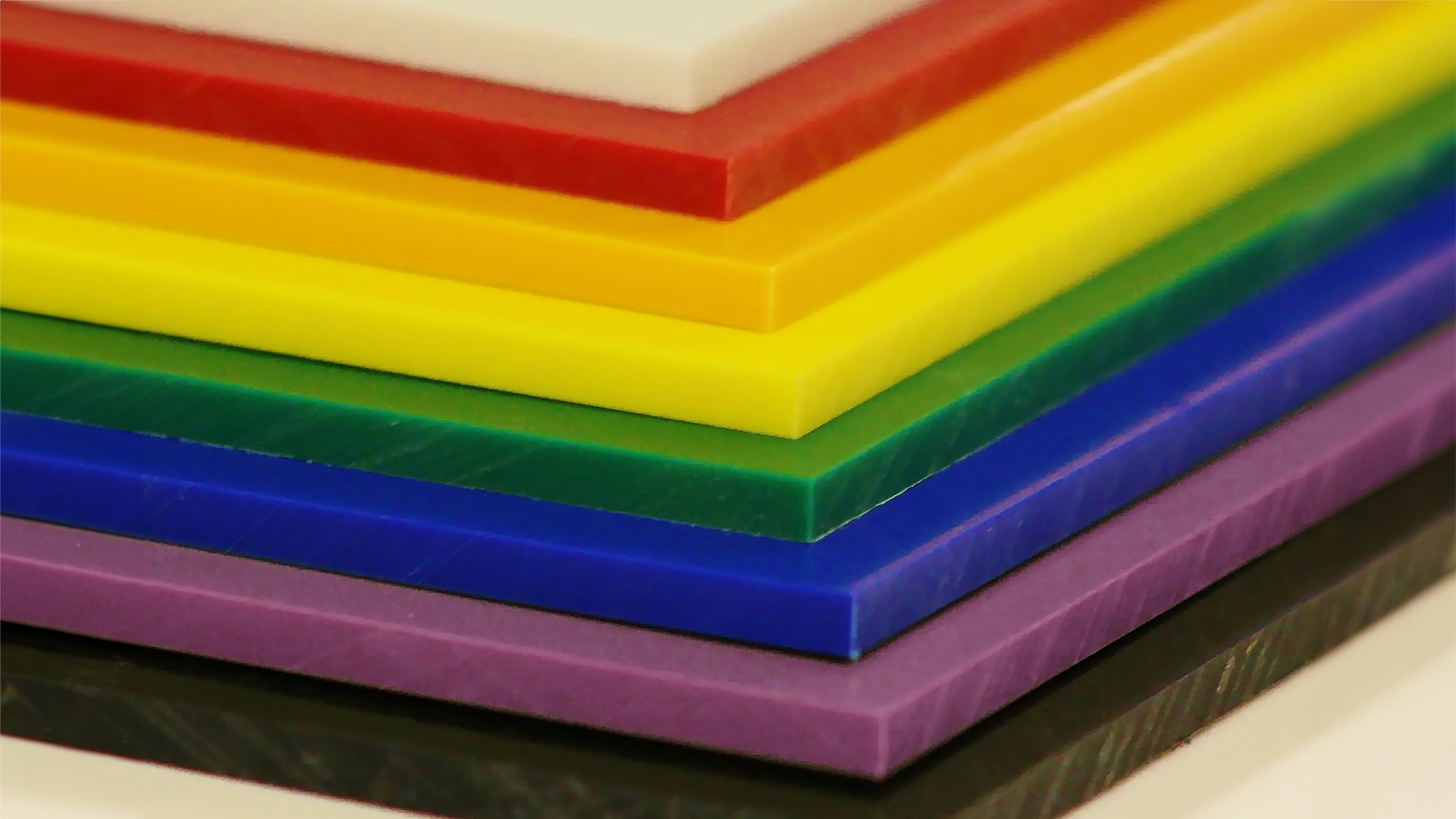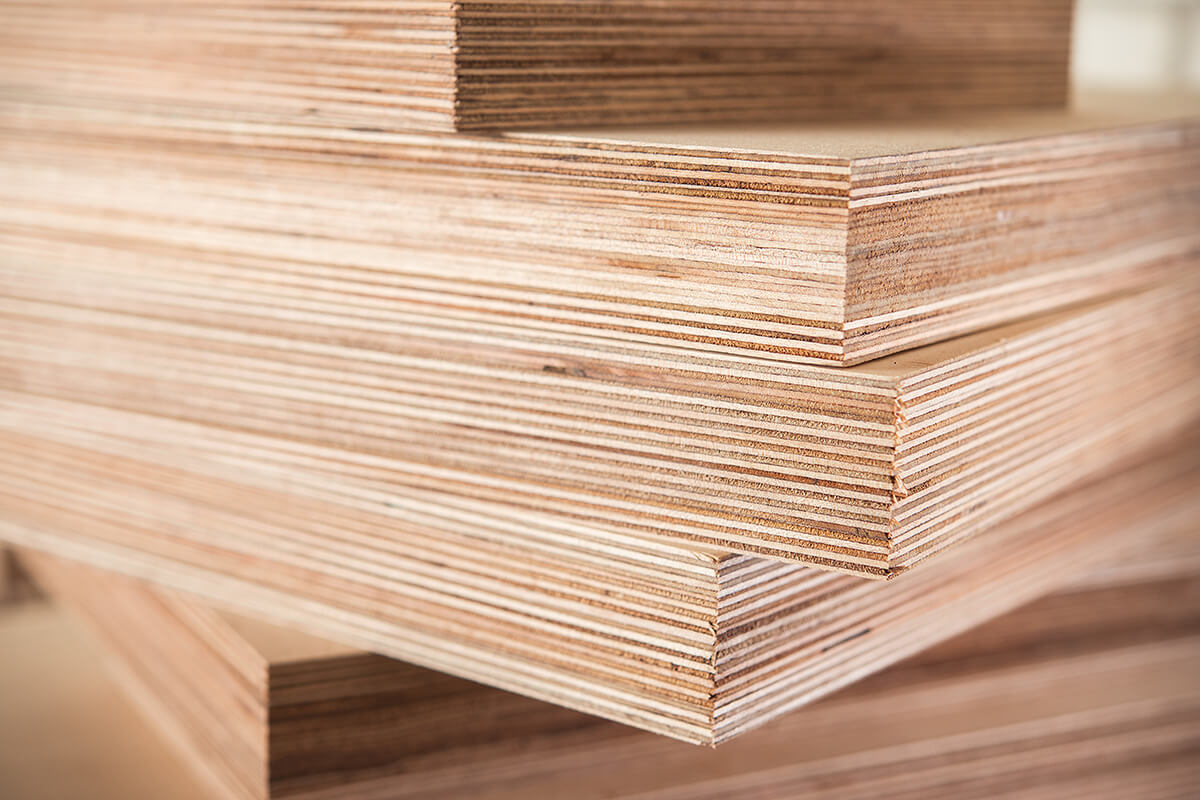
Feed rate, Spindle speed, depth of cut, type of cutter: discover all the tips you need to effectively mill HDPE using your CNC machine.
Quentin Liard
Customer Support

Plywood is a composite wood product made from thin layers or veneers of wood which are glued together with adjacent layers having their wood grain rotated up to 90 degrees to one another. This cross-graining gives plywood its strength and dimensional stability.
Plywood is commonly used in construction, furniture, cabinets, and various other applications due to its strength, versatility, and cost-effectiveness.
Plywood is a very common milled material and is easily milled on EVO. Depending on the wood type and tool used, EVO can achieve pretty good efficiency with the right parameters and setup.
Check the material tips to get all the good hints to have the best finish possible and you should obtain perfectly fine plywood cuts !
But remember: always start with safe parameters and increase them progressively to find the sweet spot for your own setup.
Plywood is a perfect material for PRO & FAB machines, you can exploit the full potential of the machine on them, reaching feed rates of around 5000 mm/min in optimal conditions and with the right tool.
Check the material tips to get all the good hints to have the best finish possible and you should obtain perfectly fine plywood cuts!
But remember: always start with safe parameters and increase them progressively to find the sweet spot for your own setup.
Parameters used in the video :
You can find here a link to a feed and speed calculator for the most classic materials, and safe values adapted to each of our machines.
MEKANIKA CNC FEED & SPEED CALCULATOR
IMPORTANT NOTE: this is made to help you find parameters for your milling, but you should always think by yourself and enter cutting parameters that are matching your own setup.
Calculating the theorical values in this table is easy, but many parameters in your setup may make them unfit for your case. Always start with low engagement and speed, and test deeper/quicker parameters progressively.
Mekanika is a Belgian company based in Brussels whose ambition is to make local production more accessible thanks to a 100% open-source approach.
We design and produce high quality machines for CNC milling and screen printing, which have been recognized for their reliability and ease of use. Our tools are delivered as kits and fully documented, allowing to easily adapt them to specific needs.
Visit our shop to find out more, or check out our online resources and tutorials to continue learning.

Feed rate, Spindle speed, depth of cut, type of cutter: discover all the tips you need to effectively mill HDPE using your CNC machine.
Quentin Liard
Customer Support

Feed rate, Spindle speed, depth of cut, type of cutter: discover all the tips you need to effectively mill aluminium using your CNC machine.
Quentin Liard
Customer Support

Feed rate, Spindle speed, depth of cut, type of cutter: discover all the tips you need to effectively mill softwoods using your CNC machine.
Quentin Liard
Customer Support